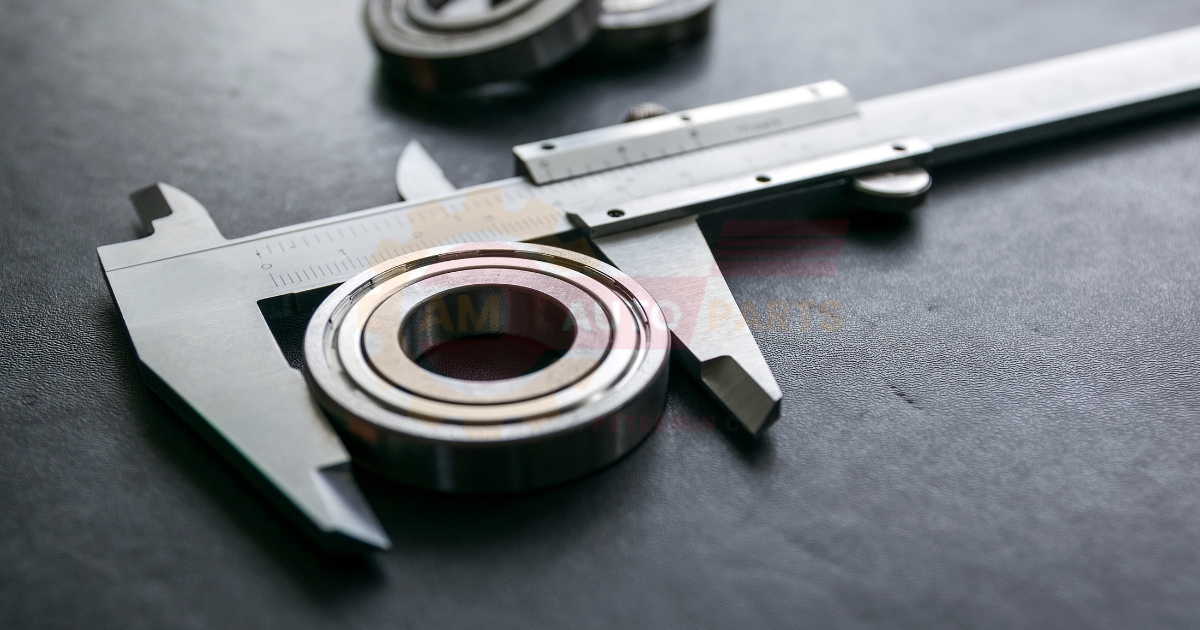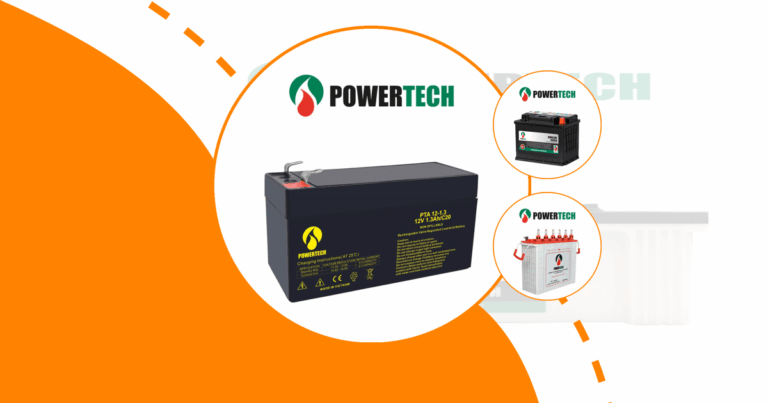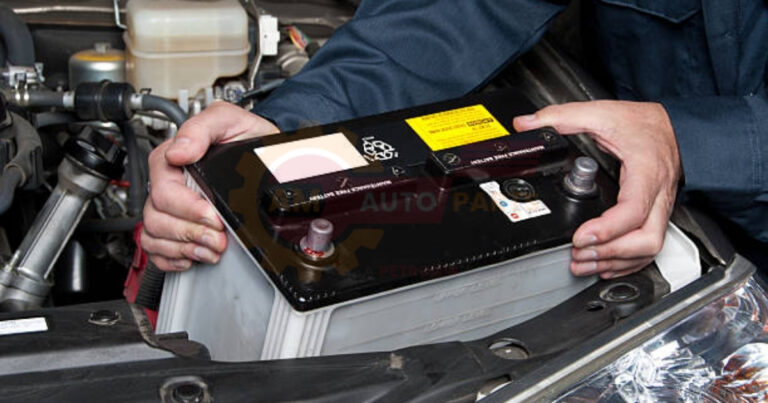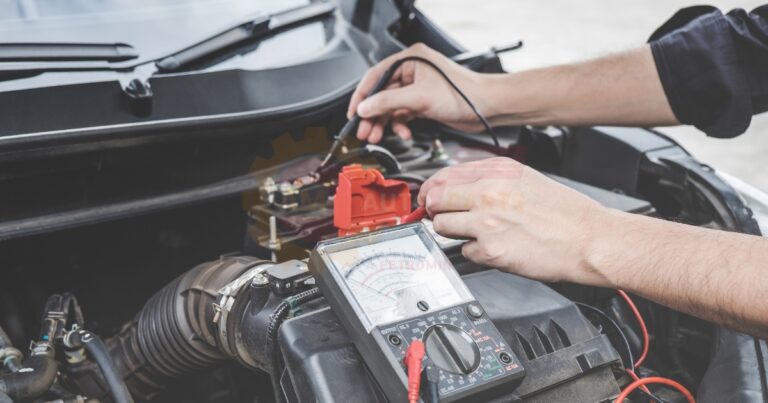Car batteries are essential components in modern vehicles, providing the necessary power to start the engine and run electrical systems. They store chemical energy and convert it into electrical energy, ensuring your car operates smoothly. Without a reliable battery, your vehicle wouldn’t be able to function.
The Role of Batteries in Modern Vehicles
In today’s automotive world, batteries do more than just start the engine. They power a range of electronic features, from infotainment systems to advanced driver-assistance systems (ADAS). As electric vehicles (EVs) become more popular, the role of car batteries is expanding, making them even more crucial.
How Car Batteries Are Made: The Production Process
Raw Materials and Components of Car Batteries
The production of car batteries begins with sourcing raw materials. These materials include lead, lithium, nickel, cobalt, and other essential elements. Each material plays a specific role in the battery’s performance and longevity.
- Lead : Used in lead-acid batteries, it is crucial for the battery’s electrodes.
- Lithium : Found in lithium-ion batteries, it provides high energy density.
- Nickel and Cobalt : Enhance the battery’s stability and energy capacity.
The Assembly Line: From Components to Finished Product
Once the raw materials are sourced, they are processed and assembled into battery cells. These cells are then combined to form battery modules, which are further assembled into complete battery packs. The entire process involves precision engineering and strict quality control to ensure reliability.
Raw Materials Sourcing for Battery Production
The Essential Elements of a Car Battery
Car batteries are made from a variety of materials, each serving a unique purpose. Lead-acid batteries primarily use lead and sulfuric acid, while lithium-ion batteries use lithium, cobalt, nickel, and manganese.
- Lead : Provides the necessary weight and stability.
- Sulfuric Acid : Acts as the electrolyte in lead-acid batteries.
- Lithium : Offers high energy density and long life.
- Cobalt and Nickel : Improve battery performance and longevity.
Lithium-Ion vs. Lead-Acid: Material Differences
The choice between lithium-ion and lead-acid batteries depends on the application. Lithium-ion batteries are lighter and offer higher energy density, making them ideal for electric vehicles. Lead-acid batteries, on the other hand, are more affordable and have a proven track record in traditional vehicles.
| Material | Lead-Acid Batteries | Lithium-Ion Batteries |
| Lead | Yes | No |
| Sulfuric Acid | Yes | No |
| Lithium | No | Yes |
| Cobalt | No | Yes |
| Nickel | No | Yes |
Battery Design and Engineering
The Blueprint of a Car Battery
Designing a car battery involves creating a blueprint that outlines the battery’s structure, components, and performance specifications. Engineers use advanced software to simulate the battery’s behavior under various conditions, ensuring it meets safety and performance standards.
Innovations in Car Battery Technology
Recent innovations in car battery technology focus on improving energy density, reducing charging times, and enhancing safety. Solid-state batteries, for example, promise higher energy density and better safety compared to traditional lithium-ion batteries.
- Solid-State Batteries : Offer higher energy density and improved safety.
- Fast-Charging Technology : Reduces charging times significantly.
- Battery Management Systems (BMS) : Enhance battery performance and longevity.
Types of Car Batteries and Their Construction
Lead-Acid Batteries: Traditional Powerhouses
Lead-acid batteries have been the standard for automotive applications for decades. They are reliable, cost-effective, and easy to manufacture. These batteries consist of lead plates submerged in sulfuric acid, which acts as the electrolyte.
Lithium-Ion Batteries: The Future of Automotive Energy
Lithium-ion batteries are becoming the preferred choice for electric vehicles due to their high energy density and long life. They consist of lithium-ion cells arranged in modules, with each cell containing a positive electrode (cathode), a negative electrode (anode), and an electrolyte.
| Feature | Lead-Acid Batteries | Lithium-Ion Batteries |
| Energy Density | Low | High |
| Cost | Low | High |
| Lifespan | Moderate | Long |
| Weight | Heavy | Light |
Components and Structure of Car Batteries
Anatomy of a Battery Cell
A battery cell is the fundamental unit of a car battery. It consists of electrodes (anode and cathode), an electrolyte, and a separator. The anode and cathode store and release energy, while the electrolyte facilitates the flow of ions between them.
Battery Modules and Management Systems
Battery cells are grouped into modules, which are then assembled into battery packs. A Battery Management System (BMS) monitors and controls the battery’s performance, ensuring safety and efficiency.
- Battery Cells : The basic building blocks of a battery.
- Battery Modules : Groups of cells arranged for optimal performance.
- Battery Management System (BMS) : Monitors and controls the battery.
How Car Batteries Are Made: Assembly and Quality Control
Crafting the Battery Core: Electrodes and Electrolytes
The core of a car battery consists of electrodes and electrolytes. The electrodes are made from materials like lead or lithium, while the electrolyte is a chemical solution that facilitates ion flow. These components are assembled with precision to ensure optimal performance.
Ensuring Reliability: The Quality Control Process
Quality control is a critical step in battery manufacturing. Each battery undergoes rigorous testing to ensure it meets safety and performance standards. This includes tests for capacity, voltage, and resistance.
- Capacity Testing : Measures the battery’s energy storage capability.
- Voltage Testing : Ensures the battery operates at the correct voltage.
- Resistance Testing : Checks for internal resistance, which affects performance.
The Battery Electrical and Cooling Systems
Protecting the Power: Battery Cases and Cooling Mechanisms
Battery cases protect the internal components from physical damage and environmental factors. Cooling mechanisms, such as liquid cooling or air cooling, help maintain optimal operating temperatures, preventing overheating and extending battery life.
Electrical Integration: Connecting Batteries to Vehicles
Integrating the battery into the vehicle’s electrical system involves connecting it to the car’s powertrain and electronic systems. This ensures the battery can efficiently power the vehicle and its various features.
- Battery Cases : Provide physical protection.
- Cooling Mechanisms : Maintain optimal temperatures.
- Electrical Integration : Connects the battery to the vehicle.
How Car Batteries Are Made: Final Steps and Testing
Charging and Initial Testing
Before a battery is shipped, it undergoes initial charging and testing. This ensures the battery is fully functional and ready for use. The initial charge also helps stabilize the battery’s chemistry.
From Factory to Vehicle: The Installation Process
Once the battery passes all tests, it is shipped to automotive manufacturers for installation. The installation process involves securely mounting the battery and connecting it to the vehicle’s electrical system.
- Initial Charging : Stabilizes the battery’s chemistry.
- Testing : Ensures the battery is fully functional.
- Installation : Involves mounting and connecting the battery.
Use, Maintenance, and Sustainability of Car Batteries
Extending Battery Life: Maintenance Best Practices
Proper maintenance can significantly extend the life of a car battery. This includes regular inspections, keeping the battery clean, and ensuring it is properly charged. Avoiding extreme temperatures and overcharging can also help prolong battery life.
The Environmental Impact of Car Batteries
Car batteries have an environmental impact, primarily due to the extraction of raw materials and the disposal of used batteries. However, advancements in recycling and sustainable manufacturing practices are helping to mitigate these effects.
- Regular Inspections : Ensure the battery is in good condition.
- Proper Charging : Avoids overcharging and undercharging.
- Environmental Impact : Includes raw material extraction and disposal.
Car Battery Recycling and Repurposing
The Lifecycle of a Car Battery
A car battery’s lifecycle includes production, use, and disposal. After a battery reaches the end of its useful life, it can be recycled or repurposed. Recycling helps recover valuable materials and reduces environmental impact.
Recycling Processes for Lead-Acid and Lithium-Ion Batteries
Recycling processes differ for lead-acid and lithium-ion batteries. Lead-acid batteries are easier to recycle, with most components being reusable. Lithium-ion batteries require more complex processes to recover valuable materials like lithium, cobalt, and nickel.
| Battery Type | Recycling Process |
| Lead-Acid Batteries | Easier, most components are reusable |
| Lithium-Ion Batteries | Complex, recovers lithium, cobalt, nickel |
The Future of Car Battery Production
Innovations in Battery Manufacturing
The future of car battery production is bright, with ongoing innovations aimed at improving performance, safety, and sustainability. Solid-state batteries, fast-charging technology, and advanced recycling methods are just a few examples of these advancements.
The Growing Demand for Electric Vehicle Batteries
As the demand for electric vehicles continues to grow, so does the need for efficient and reliable car batteries. This has led to increased investment in battery research and development, ensuring that future batteries will be even more advanced and sustainable.
- Solid-State Batteries : Offer improved performance and safety.
- Fast-Charging Technology : Reduces charging times.
- Advanced Recycling Methods : Enhance sustainability.
Embracing the Future of Car Batteries with AM Autoparts
Join the Sustainable Transportation Evolution with Quality Batteries by understanding how car batteries are made, you can appreciate the intricate processes and advanced technologies involved. As we move towards a more sustainable future, the role of car batteries will continue to evolve, making them even more essential in our daily lives. Embrace the future of car batteries with AM Autoparts and join the sustainable transportation evolution. Car battery replacement percentage shows how much of your car’s battery power is left Knowing this helps you decide when it’s time to get a new battery before your car won’t start
Automotive electrical measurement helps check if car parts that use electricity are working right It uses special tools to test things like batteries wires and lights in vehicles






